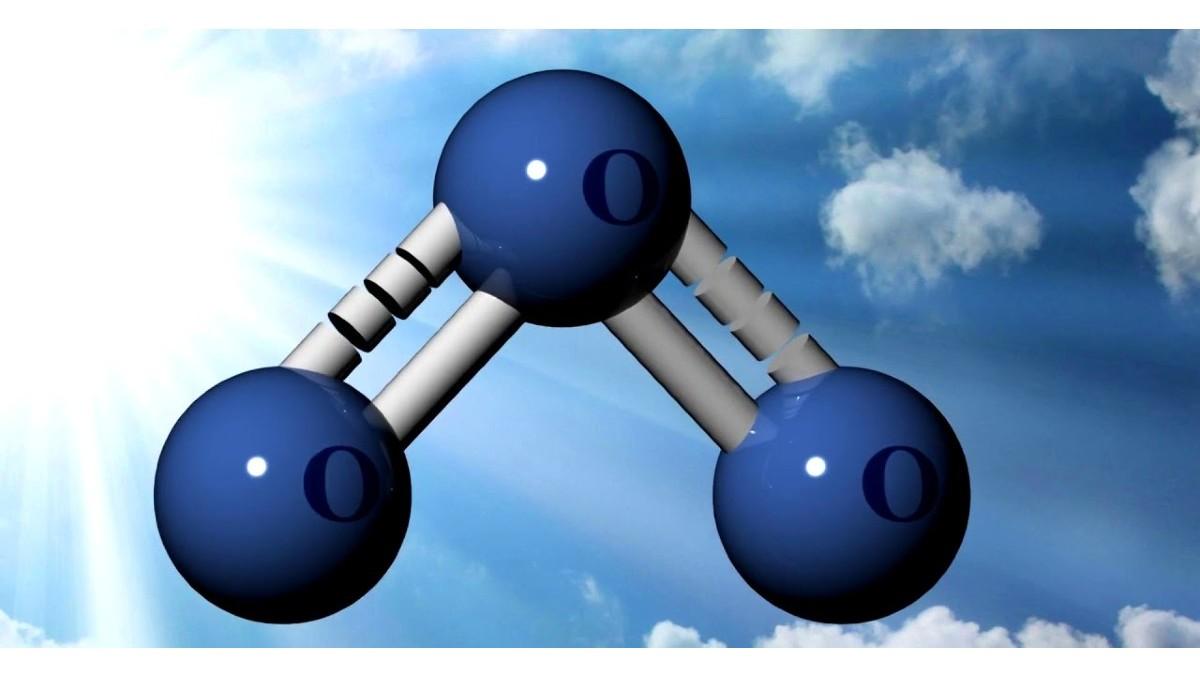 The engineer author of this article presents twelve reasons why ozone generating devices should not be used indoors.
The engineer author of this article presents twelve reasons why ozone generating devices should not be used indoors.
By Verónica Ledesma*
Humans breathe more than 15,000 liters of air every day, consuming about four times more air than food and liquids combined. This is roughly equivalent to consuming one glass of air per minute. The health effects associated with exposure to indoor air pollutants can be long-term and can vary in severity.
Although indoor air quality can be managed in different ways, some technologies are not only not recommended but are also considered harmful to health and should be avoided. Such is the case with ozone-generating filters.
Ozone generators are marketed as air purifiers. Often, suppliers of ozone generators make misleading statements and distribute material that leads the public to believe that these devices are safe and effective in controlling indoor air pollution. For nearly a century, health professionals have refuted this claim.
The purpose of this post is to provide accurate information on the use of ozone generating devices in indoor spaces; this information is based on the most up-to-date scientific evidence at the moment.
We share twelve points that you should know, established by the United States Environmental Protection Agency - EPA (United States Environmental Protection Agency):
#1
Some vendors claim that these devices have been approved by the U.S. Federal Government for use indoor/occupied spaces. By contrast, NO Federal Government agency has approved them for use in indoor/occupied spaces.
#2
Ozone is a molecule composed of three oxygen atoms. Two oxygen atoms form the basic oxygen molecule: the oxygen we breathe and which is essential for life. The third oxygen atom can detach from the ozone molecule and rejoin molecules of other substances, thus altering its chemical composition. It is this ability to react with other substances that forms the basis of manufacturers' claims.
However, the same chemical properties that allow high concentrations of ozone to react with organic material also give it the ability to react with organic material from the body and thus have negative health consequences. When inhaled, ozone can damage the lungs. Relatively low amounts can cause chest pain, coughing, shortness of breath, and throat irritation. Ozone can worsen chronic respiratory diseases such as asthma and compromise the body's ability to fight respiratory infections.
#3
Manufacturers and sellers of ozone devices often use misleading terms to describe ozone. Terms like "energized oxygen," "pure air," or "something more natural" suggest that ozone is a type of healthy oxygen. They frequently use as an argument that ozone is found naturally in the atmosphere and that "being something natural will be good for your body."
While it is true that ozone known as "stratospheric ozone" helps filter out harmful ultraviolet radiation from the sun, ozone in the atmosphere can be harmful to the respiratory system. It is listed among the seven main air pollutants, along with PM10, PM2.5, carbon monoxide, sulfur dioxide, nitrogen dioxide and lead, along with which it can mix.
Whether pure or mixed with other chemicals, ozone can be harmful to health. The U.S. Environmental Protection Agency uses the phrase "good up high, bad nerby" to emphasize this point.
#4
A scientific review shows that, for many chemicals commonly found in indoor environments (which are the ones we want to remove with ozone filters), the reaction process with ozone can take months or even years. For practical purposes, ozone does not react at all with these chemicals. Ozone generators are not effective in removing carbon monoxide or formaldehyde.
#5
For many of the chemicals that ozone reacts with easily, the reaction can form a variety of harmful and irritating byproducts. For example, in a laboratory experiment that mixed ozone with new carpet chemicals (Volatile Organic Compounds or VOCs), ozone reduced many of these substances, including those that can produce new carpet odor. However, in the process, the reaction produced a variety of aldehydes and the final concentration of organic chemicals in the air increased rather than decreased after the introduction of ozone.
#6
Ozone does not remove particles from the air, including particles that cause most allergies, for example, dust and pollen.
#7
There is evidence to show that at concentrations that do not exceed public health standards, ozone is not effective in removing pollutants from indoor air. It should be clarified that it also does not effectively eliminate viruses, bacteria, mold or other biological contaminants.
#8
Studies suggest that odors can be masked by the smell of ozone, but are not eliminated. Ozone is not considered useful for odor removal in building ventilation systems.
#9
Some data suggest that low ozone levels can reduce concentrations and inhibit the growth of biological organisms in the air while ozone is present, but ozone concentrations would have to be 5 to 10 times higher than public health standards allow before ozone can decontaminate the air sufficiently.
#10
Even at high concentrations, ozone may have no effect on biological contaminants embedded in porous material. At concentrations that do not exceed public health standards, ozone is ineffective in controlling indoor air pollution.
#11
Ozone can adversely affect plants indoors and damage materials such as rubber, electrical cable coatings and coatings, and artwork containing susceptible dyes and pigments.
#12
Some studies show that ozone concentrations produced by ozone generators can exceed health standards even when the manufacturer's instructions are followed.
Whether in its pure form or mixed with other chemicals, ozone can be harmful to health. It is advisable to use proven methods to control indoor air pollution and/or approach an expert.
 *Eng. Verónica Ledesma, HVAC expert.
*Eng. Verónica Ledesma, HVAC expert.
Certified Energy Manager, LEED AP BD+C
[email protected]














